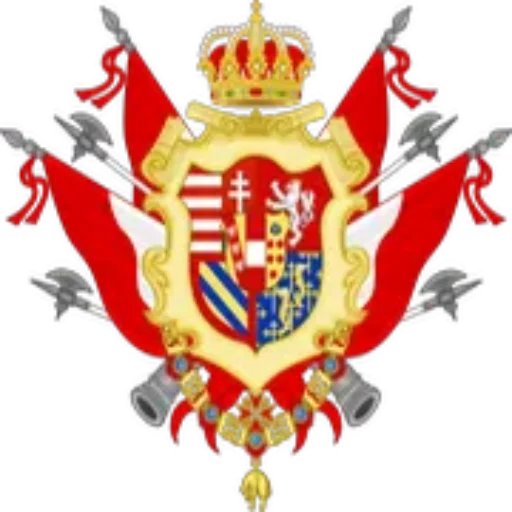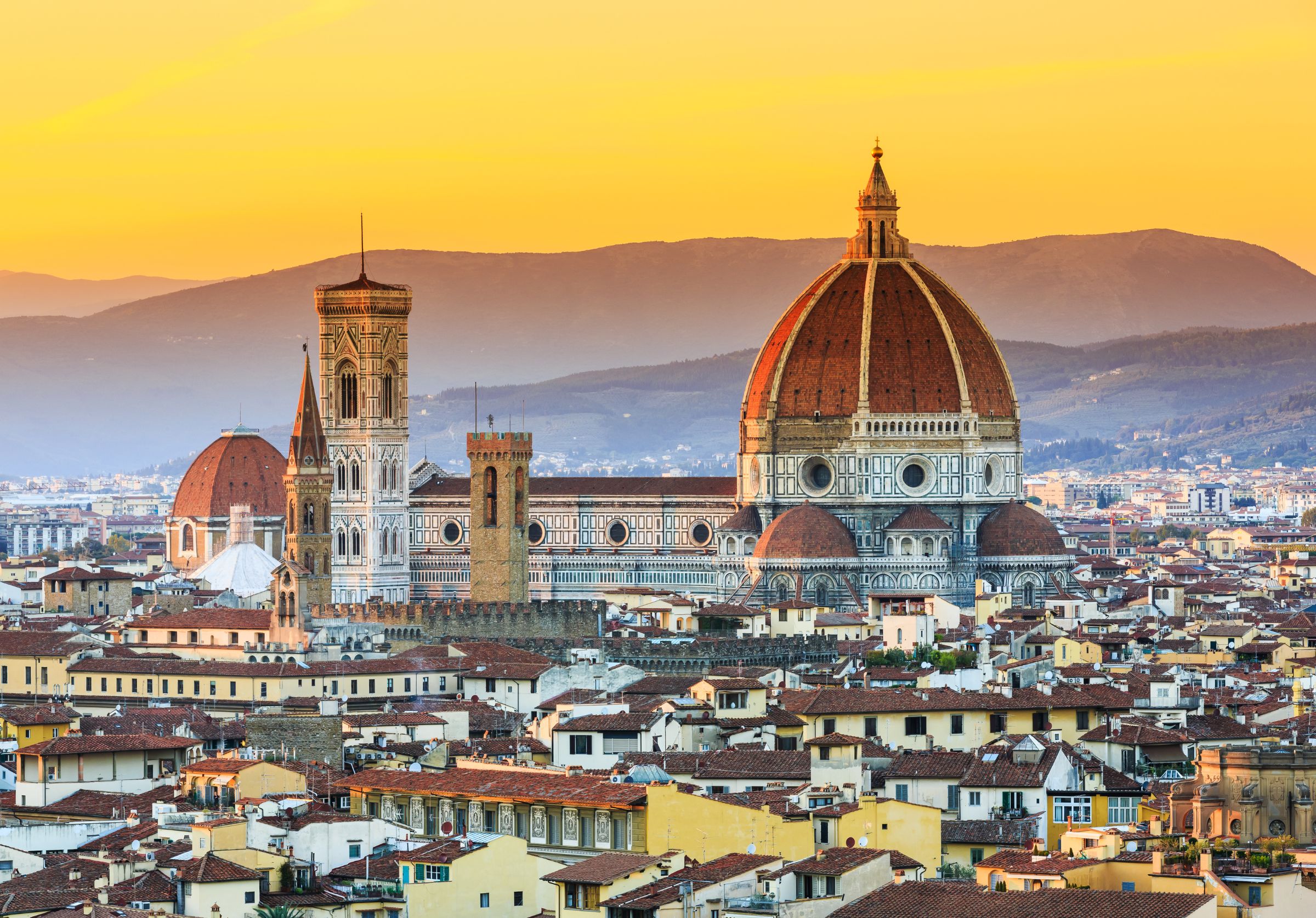Nestled in the central Italian landscape, Tuscany represents more than just a geographical region—it is a living museum of art, history, and human creativity. At its cultural epicenter lies Florence, a city that fundamentally reshaped human understanding during the Renaissance and continues to captivate visitors with its extraordinary legacy.
Historical Foundations: The Rise of a Cultural Powerhouse
The story of Tuscany begins with the Etruscans, an advanced civilization that predated Roman dominance. However, it was during the medieval and Renaissance periods that the region, particularly Florence, would emerge as a global center of innovation, art, and intellectual pursuit.
The Medici Dynasty: Patrons of Genius
Central to Tuscany’s golden age were the Medici family, wealthy bankers who transformed Florence into a crucible of artistic and intellectual revolution. Their patronage supported legendary figures like Leonardo da Vinci, Michelangelo, and Botticelli, whose works would define the Renaissance aesthetic.
Architectural Marvels: Florence’s Timeless Landscape
Florence’s architectural landscape is a testament to human creativity. The Florence Cathedral, or Duomo, with its iconic terracotta-tiled dome designed by Brunelleschi, stands as a masterpiece of engineering and artistic vision. The dome, completed in 1436, remains the largest brick dome ever constructed and symbolizes the innovative spirit of the Renaissance.
Statistical Insights: Tourism and Cultural Impact
Florence attracts over 16 million tourists annually, with cultural heritage sites generating approximately €2.5 billion in economic activity. The Uffizi Gallery alone houses over 1,500 masterpieces and welcomes more than 2 million visitors each year.
Tuscan Countryside: Beyond Urban Grandeur
While Florence dazzles with its urban sophistication, the Tuscan countryside offers a different kind of beauty. Rolling hills, cypress-lined roads, and medieval hilltop towns like San Gimignano and Siena present a landscape that has inspired artists and poets for centuries.
Culinary and Wine Traditions
Tuscany’s gastronomic reputation is world-renowned. The region produces some of Italy’s most prestigious wines, including Chianti and Brunello di Montalcino. Tuscan cuisine emphasizes simple, high-quality ingredients—extra virgin olive oil, fresh vegetables, and exceptional meats form the cornerstone of its culinary identity.
Economic and Cultural Legacy
Today, Tuscany represents more than a historical artifact. It is a dynamic region driving innovation in fashion, design, and sustainable agriculture. Brands like Gucci and Ferragamo, founded in Florence, exemplify the region’s continued creative dynamism.
Florence and Tuscany are not mere destinations—they are profound narratives of human potential. From the Renaissance masters who reimagined art and science to the contemporary innovators continuing that legacy, this region embodies the transformative power of creativity, passion, and vision.

